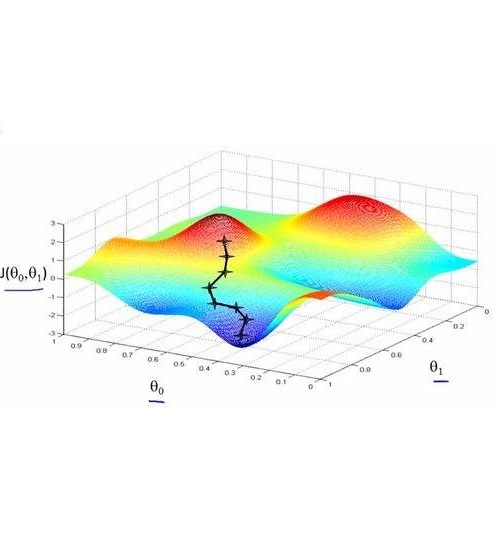In stochastic optimization, particularly in evolutionary computation and reinforcement learning, the optimization of a function $f: \Omega \to \mathbb{R}$ is often addressed through optimizing a so-called relaxation $\theta \in \Theta \mapsto \mathbb{E}_\theta(f)$ of $f$, where $\Theta$ resembles the parameters of a family of probability measures on $\Omega$. We investigate the structure of such relaxations by means of measure theory and Fourier analysis, enabling us to shed light on the success of many associated stochastic optimization methods. The main structural traits we derive and that allow fast and reliable optimization of relaxations are the resemblance of optimal values of $f$, Lipschitzness of gradients, and convexity. We emphasize settings where $f$ does not involve the latter structure, e.g., in the presence of (stochastic) disturbance.
翻译:在分析优化中,特别是在进化计算和强化学习中,一个功能(f):\Omega\to\mathbb{R}$的优化往往是通过优化所谓的放松$\theta\\ in\theta\mapsto\mathbb{E ⁇ theta(f)$(f)$,其中美元与概率测算值组合的参数相似。我们通过测量理论和Freyer分析来调查这种放松的结构,使我们能够揭示许多相关裁剪优化方法的成功之处。我们得出并允许快速和可靠优化放松的主要结构特征是美元、梯度利普西茨和等最佳值的相似之处。我们强调美元与后者结构没有关系的环境,例如,在出现(随机)扰动时。




